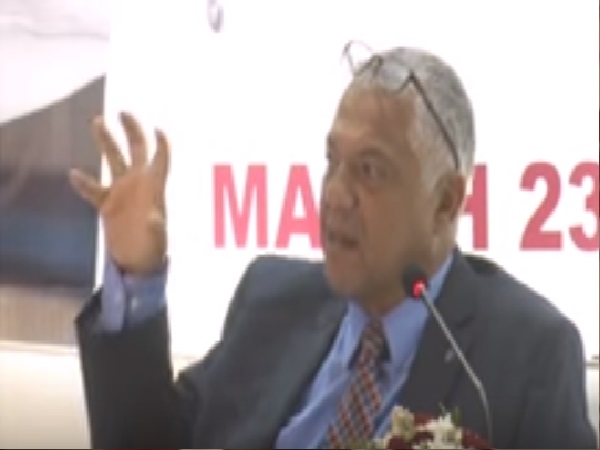Healthcare delivery patterns have changed rapidly over the years. One of the latest innovations is the use of mobile phones to help patients to access health medical care efficiently but at a cheap cost. It is estimated that more than 19 million Ugandans have access to a phone. And this formed the major discussion at the first Innovations Conference which placed emphasis on treatment for HIV and Tuberculosis. “We worked with our vendors who offered us a software called Connect For Life which we use to offer automated call reminders for our patients; to remind them to take their drugs on time and to remind them to come to the clinic on time.” Said, Dr. Elizabeth Oseku – Site Coordinator, Uganda Academy for Health Innovation.
“So we came up with the Zone Web Portal. Now the zone web portal is a portal where youth can access Sexual Reproductive Health information so that they can make informed decisions.” Said, Geoffrey Kasumba – Knowledge Management Specialist, UHMG. More than half of Uganda’s population is made up youth and a good percentage of these interact on Smartphones. “For example, I can’t get the message to you by the internet, can I get the message to you by text and so we are trying to work within the limitations that we have. Sometimes things surprise us so when the Sim card registration happened, unfortunately, some of our patients were unregistered and unfortunately, they didn’t get their calls for a few weeks because they were unregistered.” Said, Dr. Rosalind Parkes – RATANSHI, Director – UAHI.
“We are able to regulate pharmaceuticals in Uganda because but for medical devices the guidelines are a draft. So pretty much, the National Drug Authority has to have a mandate to properly test a device for safety and performance before it can be used in a clinical study and before it can be sold on the market.” Said, Philippa Ngaju – Head of Instrumentation, Uganda Industrial Research Institute. Other mechanisms are breastfeeding mechanisms for mothers who do not have enough breastmilk and the creation of artificial blood. “Artificial blood without the red part so the future might be to create that hemoglobin the red part through genetic engineering, through alteration of hemoglobin from other species.” Said, Dr. Alex Coutinho – Executive Director, Partners in Health, Rwanda. The Uganda Academy for Health Innovation and Impact in partnership with Johnson and Johnson was established with an investment of 24 billion Ugandan shillings for a 5-year period in an effort to bring healthcare services to those that need it most.

